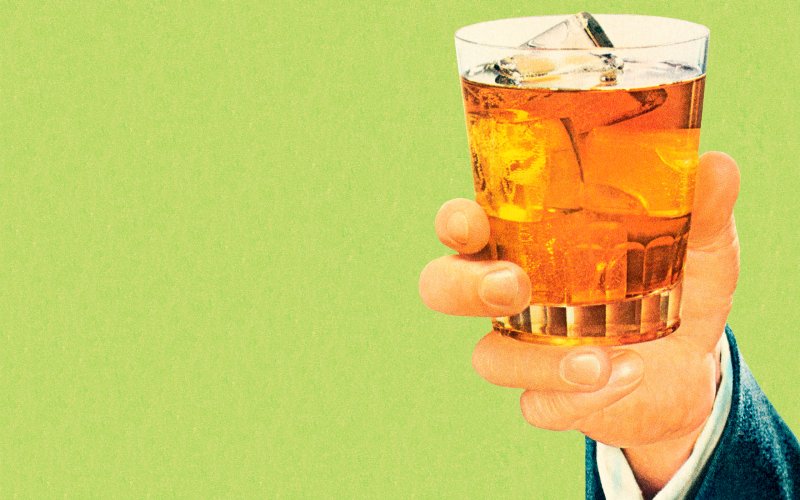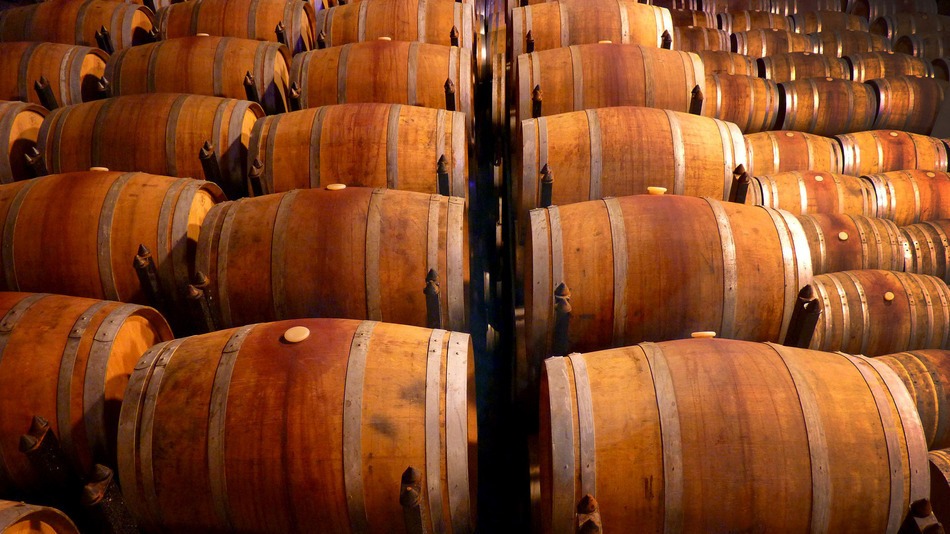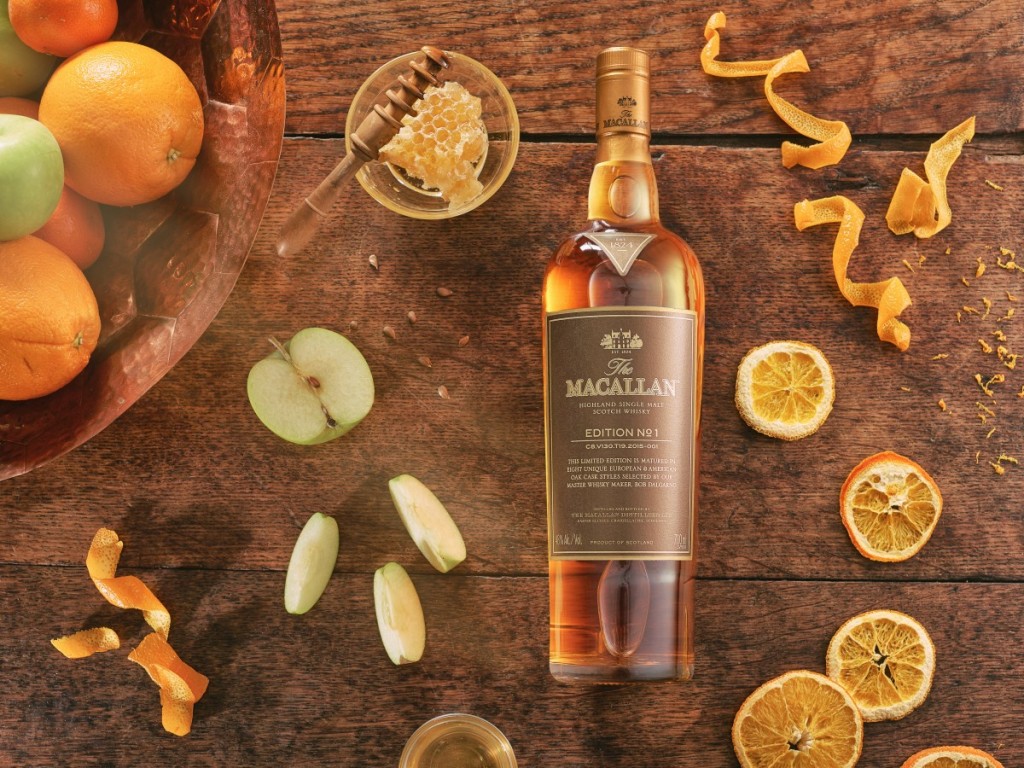
#400
ARE OLDER WHISKIES BETTER THAN NEW?
22 Aug 2016 By David Fuhrmann-Lim
The idea that older spirits are automatically better or higher quality — and therefore worth their higher price tags — is a myth that has long swayed imbibers’ drinking habits. So hear us out.
By Kayleigh Kulp
Around the first time I tried a lineup of the coveted Old Rip Van Winkle Distillery products, its limited edition 23 year-old Pappy Van Winkle bourbon was so highly coveted thieves had orchestrated an 18 barrel heist from the Kentucky distillery to resell (nine people were indicted recently for the crime).
After the hype I’d heard about this 23 year-old—which can fetch thousands of dollars a bottle on the secondary market—I’d expected to practically fall over from euphoria at first sip.
But to my surprise, I enjoyed Pappy’s 15 year expression far better, which was more rounded and balanced; more interesting and more dynamic.
The idea that older spirits are automatically better or higher quality—and therefore worth their higher price tags—is a myth that has long swayed imbibers’ drinking habits.
That’s especially true over the last several years as drinkers become more particular (super premium scotch sales were up nearly 10 percent last year while value brands were down five percent, according to the Distilled Spirits Council of the United States). But by and large customers can find better value than the oldest one with the most cachet.
We can mostly thank the producers for grinding this idea into our minds and convincing us to plunk down more cash for the old stock.
“Before about 1980, almost every whiskey was sold without an age statement, and most of them were sold for making cocktails,” explains Lew Bryson, author of Tasting Whiskey and managing editor of Whisky Advocate magazine. “When distillers began bottling single malts and single barrel bourbons, they were more expensive to make, and that difference had to be explained to the consumer.”
He adds, “Eventually things got carried away; consumers became convinced that older was better, and then that even older was even better…eventually that led to currently climbing prices for 15-plus year old whiskies, without much regard for any other qualification.”
Older spirits are expensive and rare for several reasons. Producers pay taxes on the stock for as long as it sits in a warehouse, and while it sits there it’s also not making any money.

More evaporation also occurs in a barrel (called the “angel’s share”) the longer it ages.
A barrel of 70 year-old cognac loses about 90 percent over its aging life and therefore 90 percent of its sales value, says Alexandre Gabriel, producer of aged Pierre Ferrand cognacs, Plantation Rum and Citadelle Gin.
And at the end of the day, it’s really difficult to age a spirit for an extremely long time without overpowering it with tannins and oak. And that’s exactly how some very expensive bottles wind up.
For example, because bourbon aged in new charred oak barrels, the spirit imparts more of those oaky, smoky and vanilla flavors faster—especially when aged in a hotter climate like Kentucky—than, say, scotch, which is aged in previously used barrels in a cooler climate.
Scotch takes longer to achieve the same qualities from aging than bourbon. There’s all sorts of other geeky affecting factors like climate, the type, size and char or toasting of the barrels, and where they are stored.
In general though, bourbon’s sweet spot is four to ten years old and scotch’s 12 to 20 years, says F. Paul Pacult, who publishes the comprehensive spirits review books, Kindred Spirits. Cognac, as Gabriel explains, is really difficult to make more elegant and balanced after 40 years old.
“There are a lot of different compounds in the wood that you’re trying to extract,” adds Maker’s Mark master distiller Greg Davis. “Alcohol is a great solvent and extractor. But we don’t want everything that the barrel has to offer…Do you want to see what it took to put that juice in the barrel or are you just concerned about wood? The last thing I want to do is pick up a piece of wood and start chewing on it.”
“There are 25 and 30 year old scotches that I had rated very poorly…because they are over-wooded,” adds Pacult, though there are several that are rated among the highest in the category.

The complex nature of aging, and the misconceptions, is part of the reason brands are starting to eliminate age statements on the bottle, while others, like Maker’s Mark, never had one. At the end of the day, a lot of it is also a matter of taste.
“Older doesn’t mean better. You’re creating different layers. It’s like a human being: a baby can be beautiful. He’s a bit loud sometimes, but he’s charming. An old person can be fascinating, with wisdom. It’s the same with spirits. I would never pin one against the other,” Gabriel says.
Professional reviewers taste products across each category blindly at Pacult’s annual Ultimate Beverage Challenge competition; this year several affordable marks were among the highest rated. Out of 100 points, the $24.99, 12 year-old W.L. Weller bourbon scored a 96. The $50 Talisker 10 year old single malt also scored a 96—same as the $500 Bowmore 25 year old single malt.
“If you’re paying for hype, you could be getting a better deal,” Bryson adds. “You should consider what you like…in the end, there’s no substitute for sitting down with a glass of the whisky and tasting it yourself. If you like it, and the price matches your opinion, buy it.”
Read it at The Daily Beast
Like this? How your favourite spirit goes from wood to whisky

You might be interested in...
WHEN YOU GOTTA GIFT, YOU GOTTA GIFT
A Round-up of The Worthy Releases That Impressed Us This Year.
GRAIN & GRAPE
Auchentoshan Breaks New Terroir With Their Limited Edition Sauvignon Blanc-finished Expression
GLEN GRANT 60 YEAR OLD
Worth the Wait.
WHEN YOU GOTTA GIFT, YOU GOTTA GIFT
GRAIN & GRAPE
GLEN GRANT 60 YEAR OLD